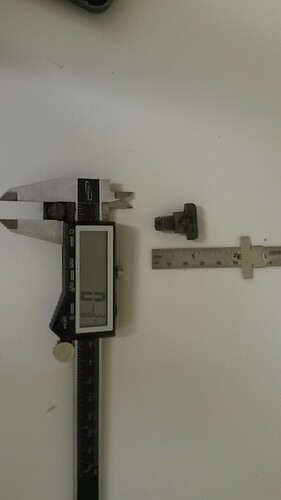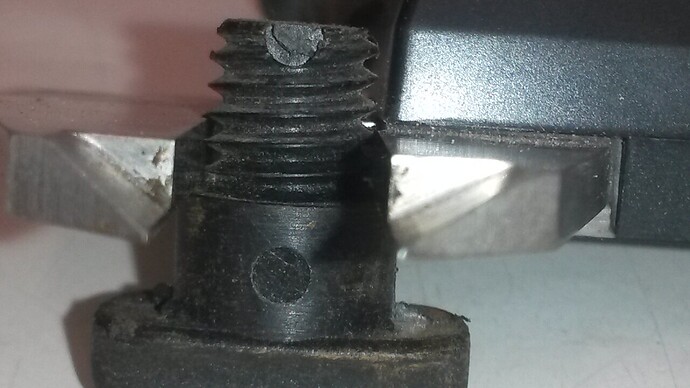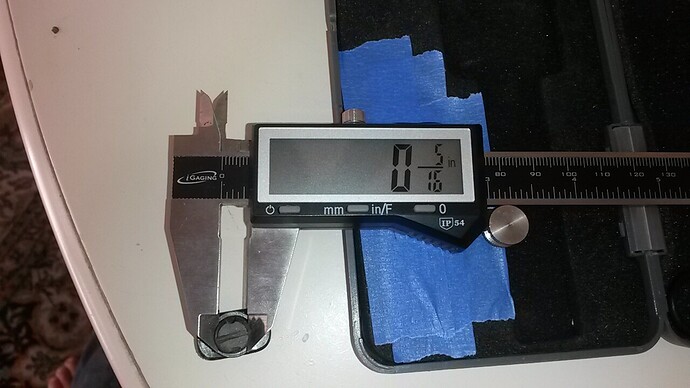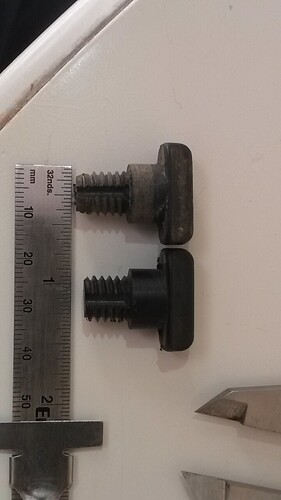I only see one poorly focused photo.
If those white patches over the knot are not reflections of light, but actual white spots, then the fiberlass has peeled off the knots. Such areas in the cedar can either be very thirsty, or actually resistant to absorbing epoxy. They can also be also a weak spot.
If you tap it lightly with a fingernail if delaminated it will make a tick tick sound rather than more of a thud.
Look extremely closely with magnification at the brad hole. I think it is a possibility that water is not getting below the glass right there, but perhaps could be getting inside elsewhere and then wetting the cedar from the inside. The O ring on the thumbscrew vent, can seal poorly if it gets sandy, and at 20 years of age likely needs replacement anyway.
You can blow air inside the board, slightly pressurizing it, and while holding it pressurized, spray some soapy water over any suspected leaky areas, if it blows bubbles, bingo. A procedure likely requiring a helper.
You’ll have to attach much better pics.
When I glassed those first three boards in Ben’s dad’s garage in Loveladies december 2002, my other friend’s board I sanded first, and then wetsanded it, before adding the final layer of epoxy. This board had lots of little white flecks in the glass where wetsanded, which saddened me greatly. My 6’8" and Ben’s 9’6" longboard therefore did not get wetsanded before having another coat of epoxy applied and did not have such issues.
It’s possible those flecks were there from the day it was glassed, but again I’d need much better photos, and would still be relying on a memory of specks/flecks from 19 years ago for comparison.
Any suspected leaky areas can simply have a layer of epoxy painted atop, but cracked fiberglass might need fiberglass atop. Minor Ding repairs are largely the same as regular ding repairs but need epoxy, not polyester resin. They are just more obvious on dark wood than unpainted foam.






